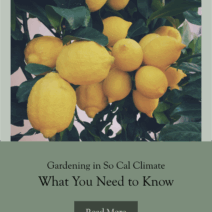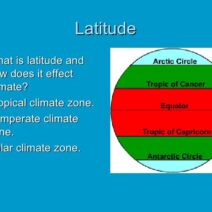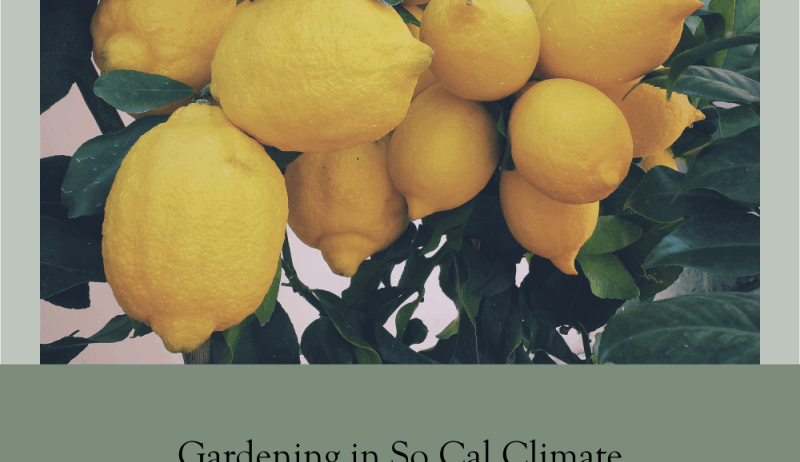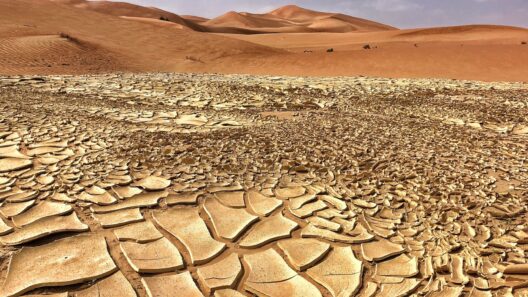The climate of Southern California is a picturesque tapestry woven with threads of sunshine, ocean breezes, and occasional meteorological surprises. This region, often characterized by its arid landscapes and vibrant urban life, offers a compelling mix of climatic phenomena that define not just the weather, but the very essence of Southern Californian life. By delving into the nuances of its climate, one can appreciate the intricate ballet between serenity and dramatic flair that this region boasts.
Southern California is predominantly classified as having a Mediterranean climate, typified by warm, dry summers and mild, wetter winters. The sun, a prominent actor in this climatic theater, graces the skies for an expansive 284 days a year. Its unrelenting presence creates a landscape that blooms with golden hues, punctuated by lush greenery along the coast and arid expanses in the inland valleys. This solar phenomenon is akin to an artist’s brushstroke, lending a kaleidoscope of colors to the region’s natural canvas.
However, the sun’s artistry is sometimes disrupted by unexpected climatic intrusions. The presence of marine influences, particularly from the Pacific Ocean, introduces a layer of complexity to the weather patterns. Coastal areas enjoy a cooling effect from ocean breezes, known as the “marine layer,” which typically rolls in during the evening hours. This phenomenon can lead to a striking juxtaposition of climates—sun-drenched beaches on one side, and fog-laden coastal horizons on the other, underscoring the region’s multifaceted nature.
Moving inland, one discovers the stark contrasts of Southern California’s topography. From the Santa Monica Mountains to the barren expanses of the Mojave Desert, the climate shifts dramatically. As one traverses the terrain, the weather transforms from the temperate, refreshing sea breezes of the coast to the sweltering heat of the desert, illustrating the delicate balance that defines this region. Temperatures can soar above 100 degrees Fahrenheit in the summer months, especially in areas like Palm Springs, where heat becomes a formidable foe.
Yet even the desert reveals its own charms. The arid landscape, with its rugged mountains and expansive vistas, offers respite under the cool embrace of nightfall, where temperatures drop significantly. Here, one can witness the stars twinkling against the vast, dark canvas of the sky—not merely an astronomical show but a reminder of the serene beauty that accompanies extremes.
In addition to high summer temperatures, Southern California experiences its fair share of precipitation—albeit in concentrated bursts. The winter months often bring rain, transforming the landscape in a dramatic display reminiscent of a theatrical curtain rising on an unexpected act. Storm systems that traverse the region can unleash torrents, causing rivers to swell and creating a sudden vitality in areas that had previously basked in the embrace of dryness. This precipitation, while often seen as an inconvenience, plays a critical role in sustaining the ecological balance, nourishing flora and fauna that thrive under its intermittent nourishment.
Unique to this region is the phenomenon of Santa Ana winds, fierce and dry gusts that rise from the inland desert regions. These winds can whip through the canyons and valleys, rendering both a calming warmth and, at times, a heightened threat of wildfires. As they blow across the landscape, they serve as a potent reminder of the delicate interplay between beauty and danger, nature’s duality showcased in a single gust. During periods of heightened wildfire risk, the landscape shifts from inviting to intimidating, summoning residents to prepare for the unpredictable.
In this climate of contrasts, flora and fauna have adapted notably. Native plants, resilient and resourceful, exhibit a remarkable ability to thrive in conditions that would challenge even the hardiest species elsewhere. From the iconic California poppy to the agave that punctuates the desert terrain, the landscape is a testament to nature’s ingenuity. Wildlife, too, has adapted to this rhythmic variation; from the nimble mountain lion scaling rugged cliffs to the ubiquitous coyote weaving through urban backyards, life flourishes amid the ebb and flow of the climate.
The allure of Southern California’s climate extends beyond its natural beauty. It shapes the culture and lifestyle of its inhabitants, fostering a love for outdoor activities year-round. Hikers, surfers, and beachgoers flock to the varied landscapes, enjoying the sunbaked terrains and refreshing ocean waves. Festivals celebrating local harvests, art, and music thrive in this environment, reflecting a community cultivated under a generous sun and nurtured by sporadic rain. This vibrant ecosystem of creativity and activity is an essential feature of Southern California, each festival a reflection of the climatic bounty that enables such calamitous joy.
As concerns about climate change and environmental degradation intertwine themselves into the fabric of modern discourse, the unique climate of Southern California is both a blessing and a challenge. Observing the stark realities of rising temperatures and erratic weather patterns, it becomes imperative to cultivate a deeper understanding of this intricate climate. Addressing the ensuing complexity—wildfires, drought, and floods—requires solidarity among communities, a collective responsibility to protect and preserve the natural beauty that defines this enchanting region.
In conclusion, the climate of Southern California is a captivating juxtaposition of sunshine and surprises. Each element, from the arid desert to the refreshing coastal landscapes, plays a pivotal role in shaping the identity of this region. As Southern Californians continue to navigate the dualities of their environment, they embrace the challenges and joys inherent to their unique climate. Whether soaking in the sun or preparing for an unexpected downpour, the spirit of resilience and adaptation is ever-present, a tribute to the dynamic relationship between humanity and the natural world.





